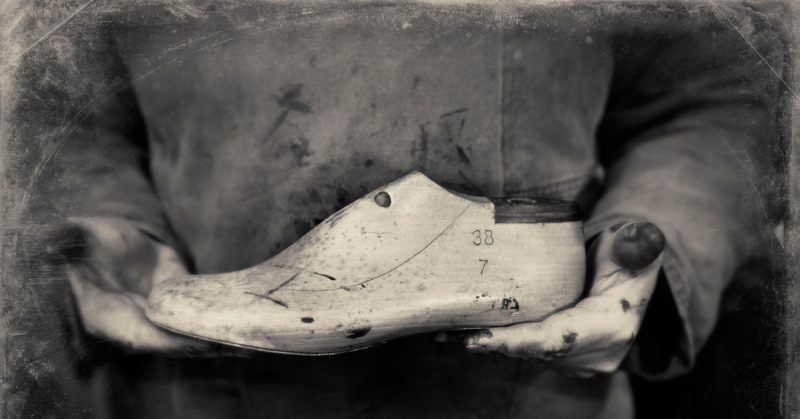The battle of Stalingrad was so pivotal and so epic in its scale that even today, seventy-five years later, people still tell tales of its heroes and villains. This is very true in the nations of the former Soviet Union, especially Russia.
WWII buffs and movie fans have known about the Soviet sniper Vasily Zaitsev for years, and his story was brought back to life in 2001 with the release of “Enemy at the Gates” starring Jude Law and Ed Harris.
People familiar with the battle will also know about “Pavlov’s House”, the apartment building manned by a platoon of Red Army soldiers who held out against greater numbers of Germans in attack after attack. Though the tale of Pavlov’s House is basically true, the story as it exists today does have elements of legend.
Lost in Chinese whispers the tale of who exactly led the defense and when, the numbers of German attacks, Nazi tanks lost and the importance of the house’s location. Still, the story of Pavlov’s House encouraged the men and women of the Red Army during the war and is a symbol of pride in Russia today.
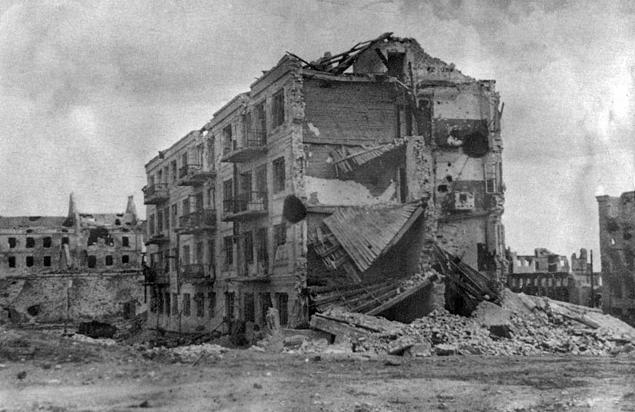
Stalingrad gave birth to another legend – as the Russians stormed a German position near the crest of a set of hills just outside the city, a set of oil tanks exploded, and through the flames came a charging mass of Soviet infantry, their hatred of the Germans and love of the Motherland carrying them into the enemy positions – while on fire themselves.
This episode is portrayed in the 2013 Russian film “Stalingrad”, and the scene shows many of the fanatically heroic events of the war in the East, but that event itself is likely fictional.
![A Soviet soldier waving the Red Banner over the central plaza of Stalingrad in 1943.Photo: Bundesarchiv, Bild 183-W0506-316 / Georgii Zelma [2] / CC-BY-SA 3.0](https://www.warhistoryonline.com/wp-content/uploads/sites/64/2018/08/a-soviet-soldier-waving-the-red-banner-over-the-central-plaza-of-stalingrad-in-1943-741x484.jpg)
In each movie, the character symbolizes universal themes: bravery, the tragedy of war, betrayal, evil, and innocence lost, but in each film, the story is told differently.
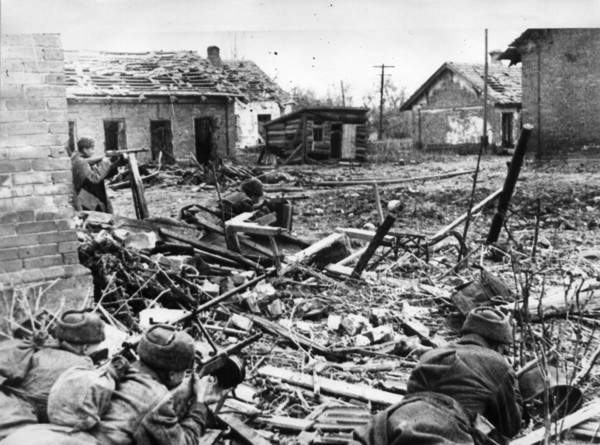
“Cross of Iron”, adapted by the book of the same name by German author Willi Heinrich, tells the story of one platoon of German soldiers on the Russian Front – but not at Stalingrad. They are stationed on the Kuban Peninsula, just east of the Crimea across the Kerch Strait, covering the retreat of the German army as it withdraws from the Caucasus.
In addition to fighting the Soviets, the platoon sergeant, Steiner (a renegade who hates all officers) battles with green Captain Stransky, a Prussian aristocrat who has never been in combat and who feels he needs the Iron Cross to be able to face his old military family back home.
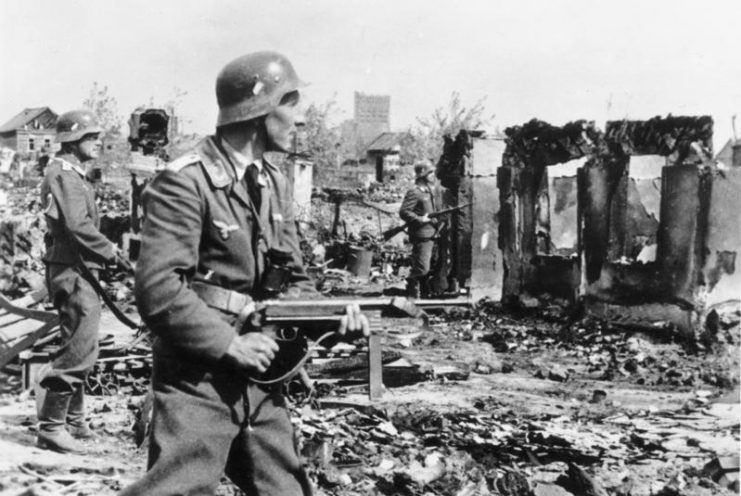
While those two engage in a test of courage, the Red Army attacks again and again. On one of its patrols, the platoon captures a teenage Soviet soldier. Stransky orders all prisoners to be shot, and the boy is only saved when one of the soldier’s step in at the last moment and promises to do it himself.
However, instead of shooting the boy, the Germans take him back to their bunker, where a birthday party is going on. There the boy sees the Germans as something more than just invaders and realizes that at least for the moment, he is safe from the bullets flying above ground. He has an opportunity to shoot Steiner but doesn’t take it, and soon he is doing small errands for the Germans, including shining their boots.
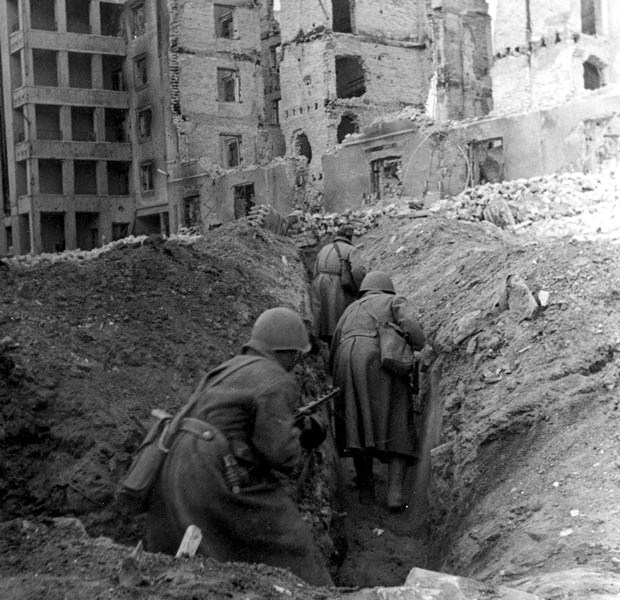
During a lull in the fighting, Steiner takes the boy to the perimeter, makes a speech about how both he and the boy are just cogs in a killing machine that will never end, and sets the boy free. As the boy climbs away, he runs smack bang into the middle of a Soviet attack, and is killed by friendly fire. Another innocent life lost too soon.
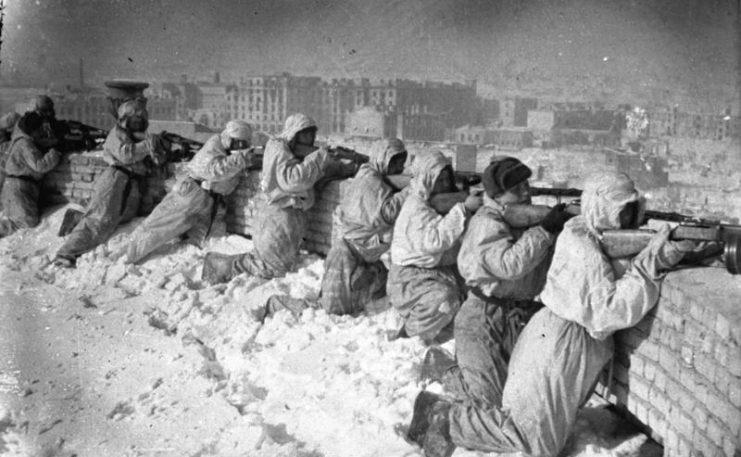
The 1993 film also tells the story of a German platoon. During a break in the fighting, the Germans capture a young Russian boy who begs them not to kill him. In broken German, the boy tells the soldiers that he is a “Schuster” – the German word for cobbler.
They bring him back to the house they use for a headquarters and settle in for the night. The next day, fighting begins again, and in the confusion, the boy (whose name is Kolya) escapes. We don’t see or hear from him again until the later stages of the battle after winter has set in.
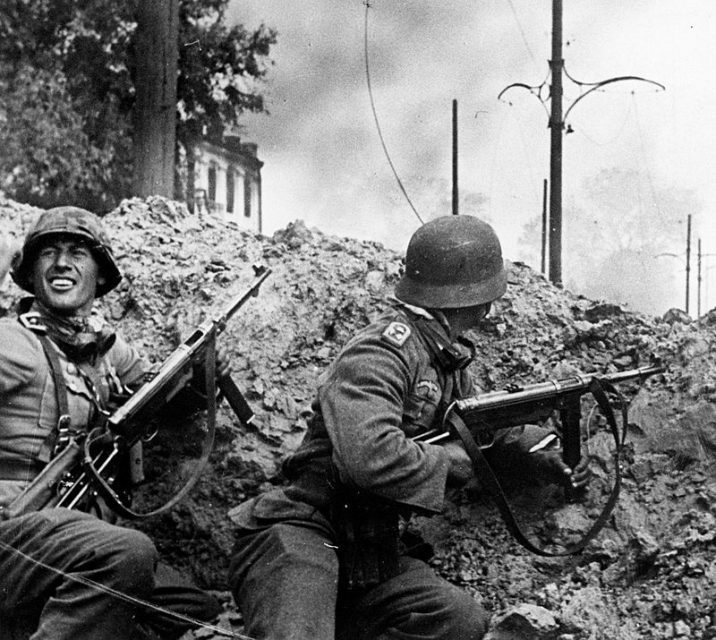
When an evil German captain leads him and a couple of other civilians to be shot by firing squad. Of course, the squad is made up of the men who had taken the boy in, in the first place (the officer in question hates them because they were insubordinate). The officer tells the men that if they don’t shoot the prisoners, they themselves will be against the wall next.
After a tense couple of minutes and close-ups, the men open fire, killing all of the prisoners. The captain then goes to each man and has him open the chamber on his rifle to show that he actually fired.
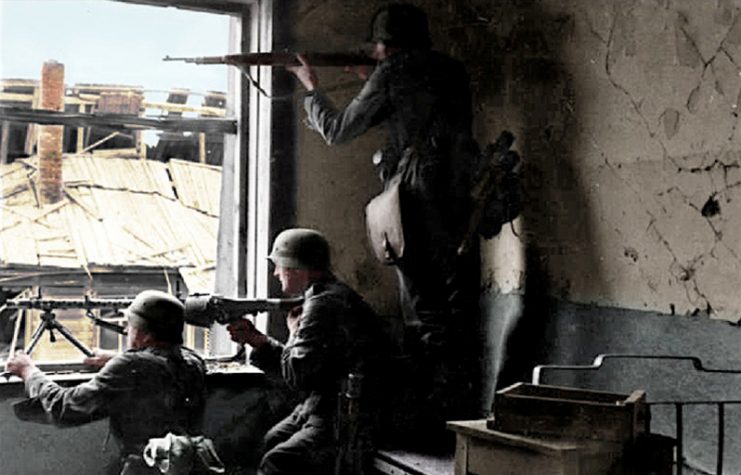
The film “Enemy at the Gates” gives us a more detailed story about the boy cobbler. In it, young Sasha and his mother, like many other civilians that were left in Stalingrad at Stalin’s orders, live in the basement of an apartment building.
There they meet Vasily Zaitsev (Jude Law) the famed sniper, his fictional love interest Tania (Rachel Weisz) and the political commissar Danilov (Joseph Fiennes). Sasha naturally worships Zaitsev, and the mother loves Tania, whom they take in for a time.
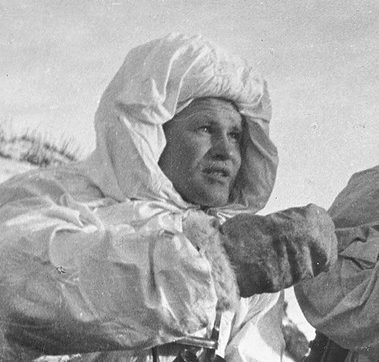
In response to Zaitsev’s success, the Germans bring in a so-called “master sniper”, Major König (Ed Harris), to hunt the Russian down. This story is one told often, though historians believe that the tale has all the elements of … Soviet propaganda, and is not true.
Regardless, Sasha tells Danilov that he works in the German HQ as a shoemaker for the officers, and will spy to get details on König’s whereabouts so Zaitsev can find and kill him. The German eventually becomes suspicious of the boy and feeds him false information, which is acted upon by the Soviets. The next time König sees the boy, he hangs him from a street-lamp as bait for the Soviet sniper.
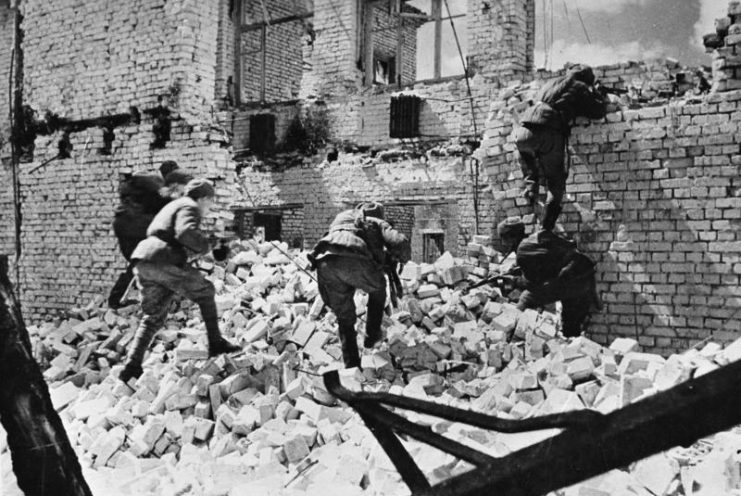
Three movies, three boy cobblers. Is it too random to be an accident, So what is the real story?
On December 23, 1942, seventeen-year-old Sasha Fillipov was hung in plain sight by the Germans. With him were two other young people. One has been identified as Maria Uskova, twenty-two. The other remains unknown. Sasha and the others were hung in front of Sasha’s mother as she watched.

Sasha was pale and sickly and yearned to be at the front like so many of his peers, but his health kept him at home with his mother, father, and younger brother. Before the war, he had already become a master shoemaker and helped to keep the family fed and clothed. When the Germans moved in, the Fillipovs and many other families were cut off from Soviet lines.
To keep his family fed, Sasha volunteered to work in the German’s local headquarters, having picked up some German from the soldiers that occupied his building. In turn for making, repairing and shining boots, Sasha was given food for himself and his family at a time when many other families were starving.

Sasha was also a spy, and Soviet intelligence officials had infiltrated the cut-off areas to hear reports from Sasha and other civilians on what the Germans were up to. Sasha however, had a bit more information for them than just local rumor and brief observation.
He listened to German conversations, lifted maps and papers from the HQ, and reported on German morale to Soviet intelligence, who gave him the somewhat obvious code-name of “Schoolboy”.
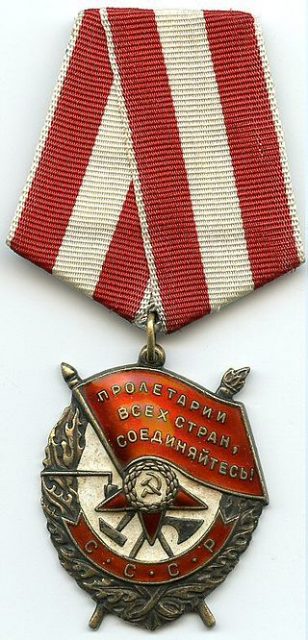
Read another story from us: Stalingrad – Breaking Down the German Disaster
His parents knew that he was spying, but never asked details, and apparently, Sasha and his folks both knew of the chance that he would be caught and killed was extremely high. In 1944, he was posthumously awarded “The Order of the Red Banner”, and in Stalingrad (renamed “Volgograd” after Stalin’s death), a school, street, and a park are named after him.
